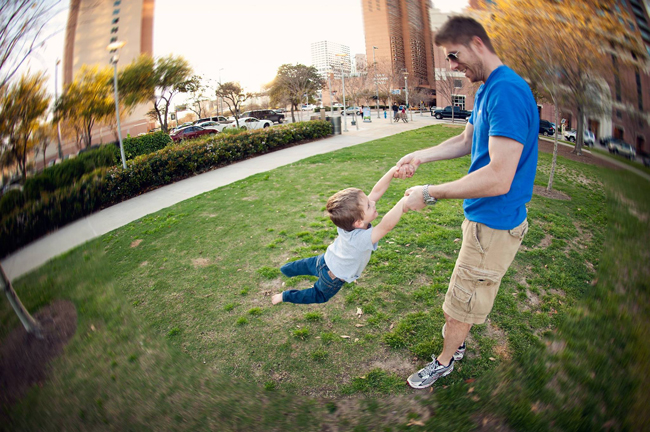
Perspective is simply a matter of where we stand relative to the subject. «…a wide angle lens… than a longer lens,… will change to a certain extent the viewing perspective….» Here a few of these things, in this article alone. Why are misunderstood and avoided for īecause people who beginners look up to, misuse terms, say things which are incorrect, oversimplify, and leads them to misunderstandings and fear. Including more of the environment tells a different story and lets the viewer's eyes wander around, enjoying the details, especially if they are masterfully presented.

#CAMERA LENS DISTORTION MODEL HANDS TO BIG HOW TO#
Knowing how to use them will help you take advantage of the environment you see with your own eyes. ConclusionĪvoiding wide angle lenses is avoiding the defects they are built with. If the image is heavily distorted, you can crop out some of it and leave the normal-looking part without losing much of the resolution that is usually used today. You can either crop out the border regions or try to correct some of the distortion to an extent that it's bearable, which will inevitably make you crop some of the pixels out. To avoid that, keep important objects away from the edges of the frame, also because you may need to crop these areas out in post. If you have objects there, whether these are human faces, limbs, or rear parts of the body, they will look bigger than normal. In most cases, wide angle lenses tend to deform the areas close to the borders of the frame. Important Things Should Be Away From the Edges There are two methods, which work best if they are both applied: compose accordingly and fix the rest in post. The obvious remedy is to buy lenses with almost-eliminated radial distortion, but if you can't afford them, learn how much your lens is distorting the image, as it's different from lens to lens.

How to Deal With Wide Angle Lenses' Radial Distortion? You may be surprised how a wide angle view should normally look compared to what most still lenses do today. In the following video, you will find tests with different 14 mm cinema lenses and the radial distortion (called simply "distortion" in the video) will be close to none. If you take the radial distortion seriously and correct it with any lens, you use your will start loving the different perspective of the wide angle view without the lines bending and will start to incorporate that look more and more in your images. If you purchase a quality wide angle cinema lens, the radial distortion there is very small if not almost eliminated. As making a lens without or with a minimal radial distortion is an expensive process, most manufacturers decide to leave it, and today it's used for artistic purposes. There's a radial distortion with longer lenses too, but few people complain about it.

A wide angle lens without radial distortion (b) will change the perspective, as you see in the middle, while a radial distortion defect (c) will bend the lines that are closer to the periphery of the frame, and thus, you will no longer have straight lines in these areas. To illustrate that in a different way, let's suppose we have a wall, which we look at from the side with a 50mm lens on a full-frame sensor (a) and with a wide angle lens on the same sensor. The radial distortion is making the image look as if areas closer to the periphery of the lens are bent inwards or outwards. If you have shot with a wide angle cinema lens, it will change your mind about what you call "distortion." The optical defect that makes most photographers avoid using wide angle lenses is a radial-looking distortion that is different from the perspective distortion of the lens. Why Is There Distortion With Wide Angle Lenses? This is why they are not liked for portraits it's not the depth of field or what they see." This is the common complaint. For this reason, the blur of the background and the foreground (assuming the subject is in the mid-ground) is more prominent with longer lenses. It will also have different depth-of-field properties per aperture: wide angle lenses have a deeper depth of field than longer focal lengths at the same aperture. Objects that are close to each other will look farther apart with a wide angle lens. In theory, a wide angle lens should capture more of the view in front of the camera than a longer lens, which means it will change to a certain extent the viewing perspective from what we see with our own eyes. 'Wide Angle Lenses Distort the Face,' They Say There's a special term in photography for that: a headshot. The portrait is not just the head of the person. It's an image of a person fit in a frame of a certain geometry. Portraits of people can be all kinds of images, from the paintings of the masters of old to the masters of photography today. This article will try to help you understand and overcome that prejudice.

You've heard that a portrait lens is the one with a focal length of 50mm or above and that wide angle lenses create a distorted image when used for portraits.


 0 kommentar(er)
0 kommentar(er)
